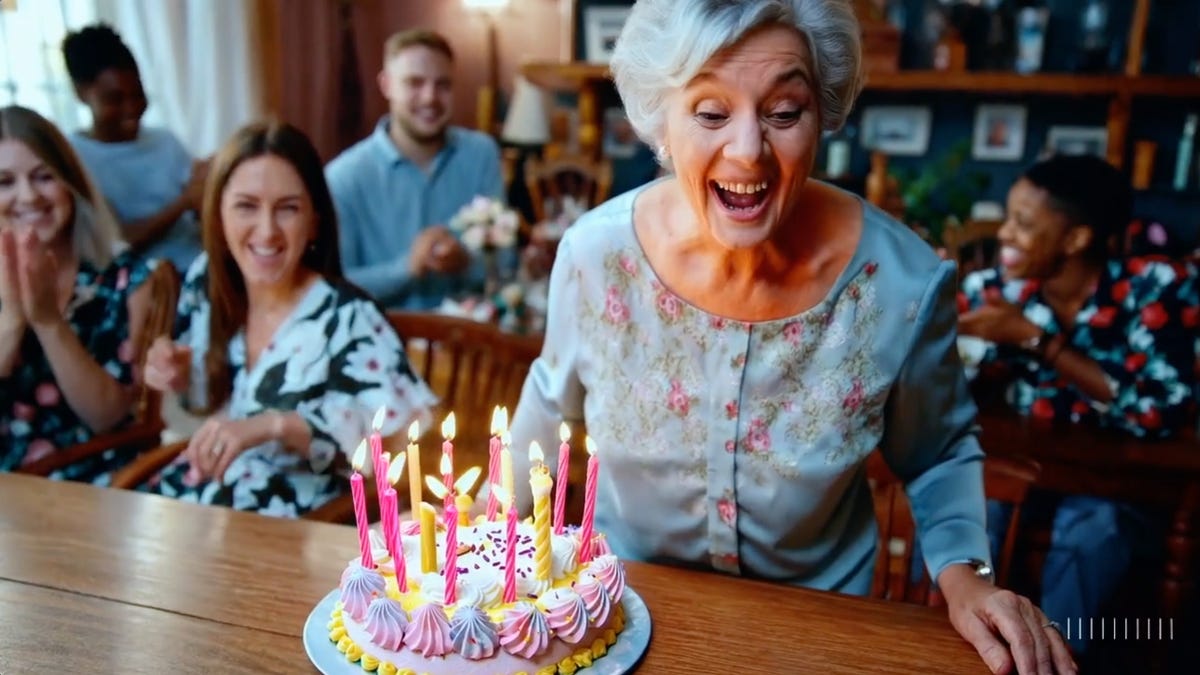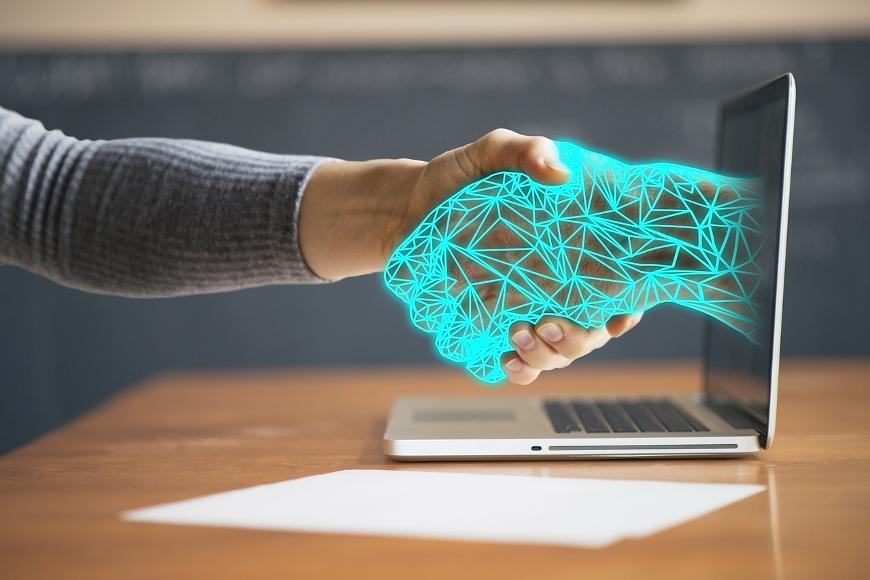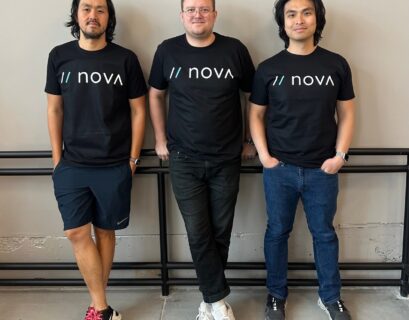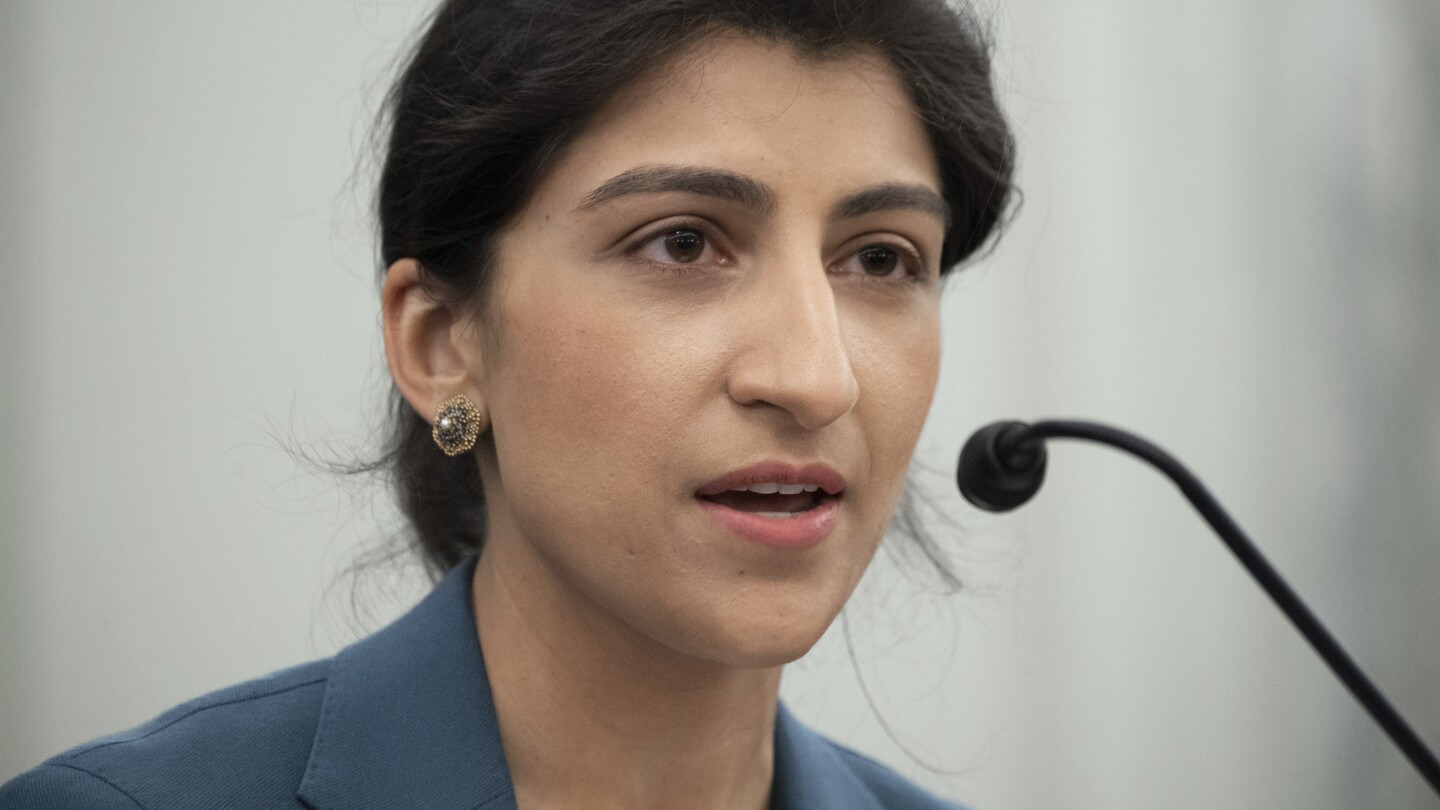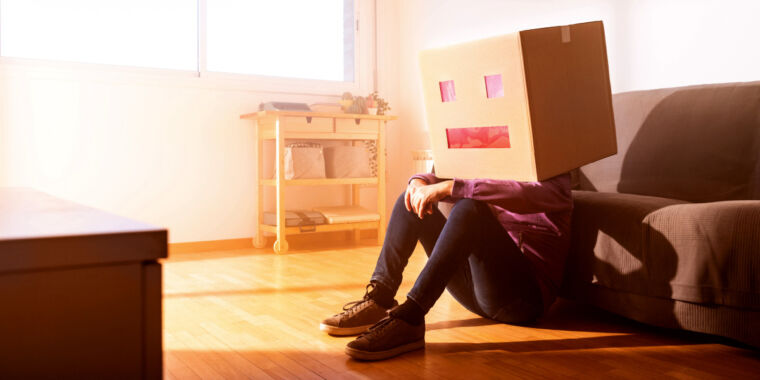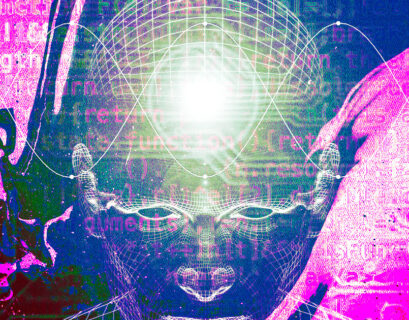AI startup OpenAI has introduced a new text-to-video model named Sora, aiming to push the boundaries of generative AI capabilities. Similar to Google’s Lumiere tool, Sora has certain limitations in availability but stands out by enabling the creation of videos up to 1 minute in duration.
The realm of text-to-video technology has evolved into a competitive arena among leading tech giants such as OpenAI, Google, and Microsoft. They are venturing beyond text and image generation to solidify their positions in an industry forecasted to hit $1.3 trillion in revenue by 2032. The quest to captivate consumers intrigued by generative AI, particularly since the emergence of ChatGPT over a year ago, has intensified this race.
OpenAI, renowned for innovations like ChatGPT and Dall-E, has designated Sora for evaluation by “red teamers” specializing in combating misinformation, biased content, and hateful material. This evaluation process involves adversarial testing to address concerns like the emergence of sophisticated deepfakes, a prevalent issue in AI-generated content creation.
In an effort to engage with a broader audience, OpenAI is seeking feedback from visual artists, designers, and filmmakers to enhance Sora’s capabilities. The startup aims to offer a glimpse of future AI advancements to the public while emphasizing the importance of external input in refining the technology.
Strengths
Sora’s standout feature lies in its proficiency in interpreting lengthy prompts, exemplified by a 135-word input that resulted in a diverse array of characters and settings in the sample video shared by OpenAI. Leveraging insights from previous models like Dall-E and GPT series, Sora showcases its ability to generate intricate scenes with multiple elements, ranging from characters and landscapes to urban environments and surreal settings.
Drawing from Dall-E 3’s expertise in generating descriptive captions for visual data, Sora excels in producing detailed scenes with nuanced characteristics and interactions. The model’s capacity to comprehend complex prompts and simulate realistic scenarios underscores its potential in advancing artificial general intelligence (AGI) capabilities.
Weaknesses
Despite its strengths, Sora grapples with certain limitations, such as inaccuracies in depicting complex physical interactions and understanding causal relationships within scenes. Instances where details like bite marks on cookies are omitted highlight the model’s current shortcomings in capturing fine-grained elements accurately.
Moreover, Sora’s occasional confusion between left and right gestures underscores the ongoing challenges in refining the model’s spatial comprehension. OpenAI acknowledges these weaknesses and emphasizes the importance of stringent safety measures before wider deployment, including compliance with content guidelines to prevent the dissemination of harmful or inappropriate material.
The roadmap for Sora’s broader release remains undisclosed as OpenAI prioritizes safety protocols and continuous learning from real-world applications to enhance the model’s reliability and effectiveness over time.

